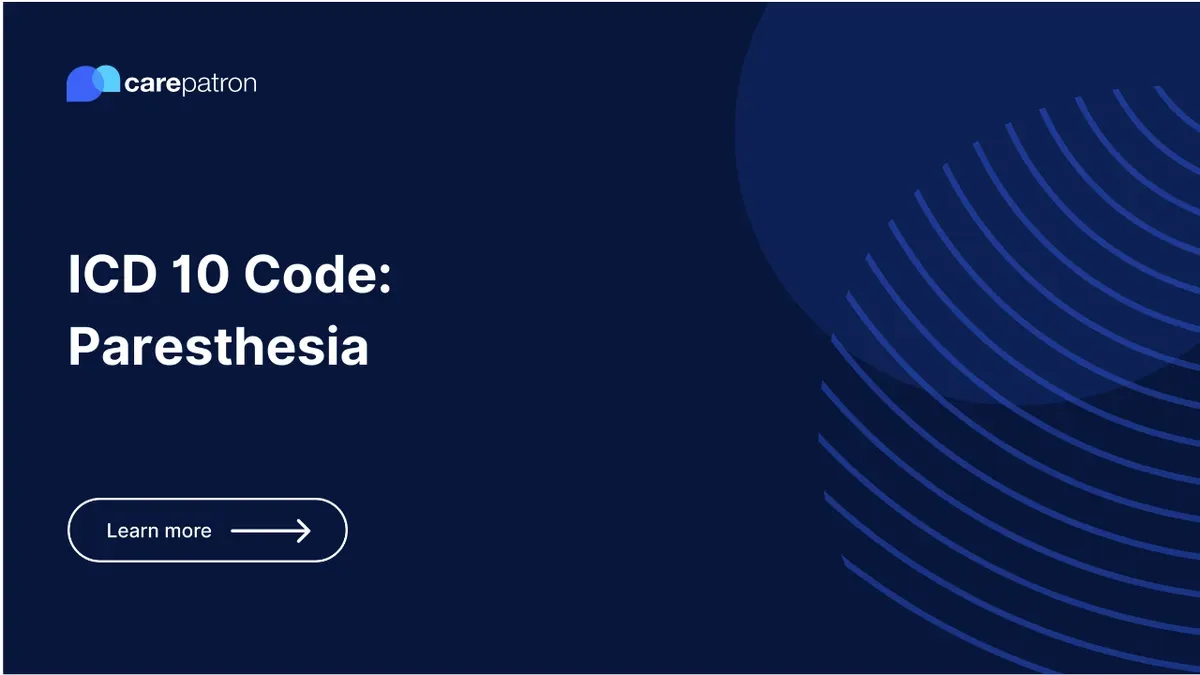
Paresthesia ICD-10-CM Codes
Read this short guide and learn about Paresthesia-related ICD-10 codes that you can use!
Use Code
Commonly asked questions
Yes. All of the ones that we’ve mentioned earlier are billable ICD-10 codes.
Circulatory conditions, metabolic and endocrine conditions, autoimmune diseases, infectious diseases, toxins, etc.
It depends. If it’s not the result of a condition, it will go away on its own. It can take several seconds to a few minutes. If it’s the result of a condition, the condition must be addressed.
EHR and practice management software
Get started for free
*No credit card required
Free
$0/usd
Unlimited clients
Telehealth
1GB of storage
Client portal text
Automated billing and online payments
